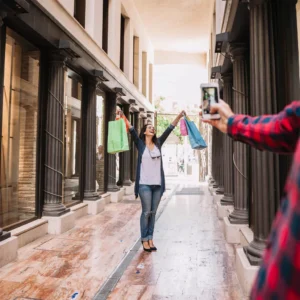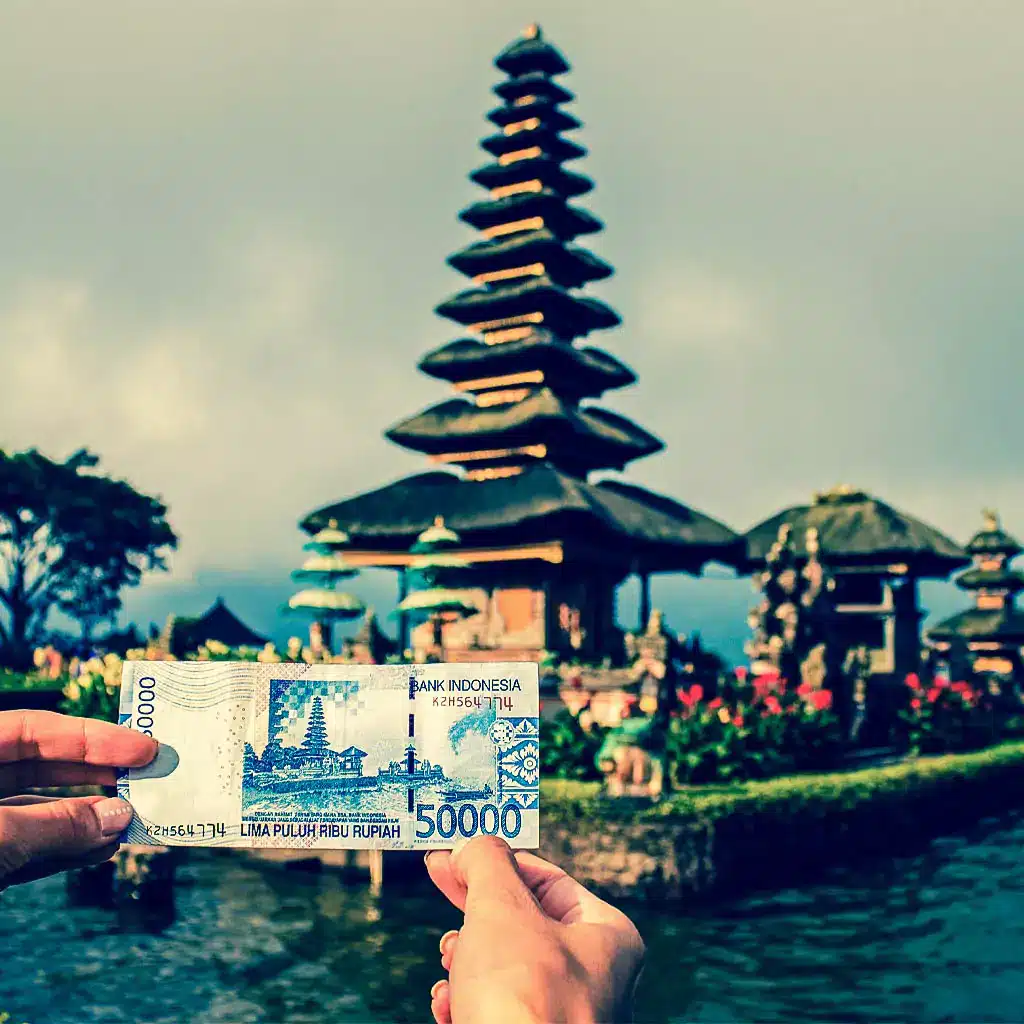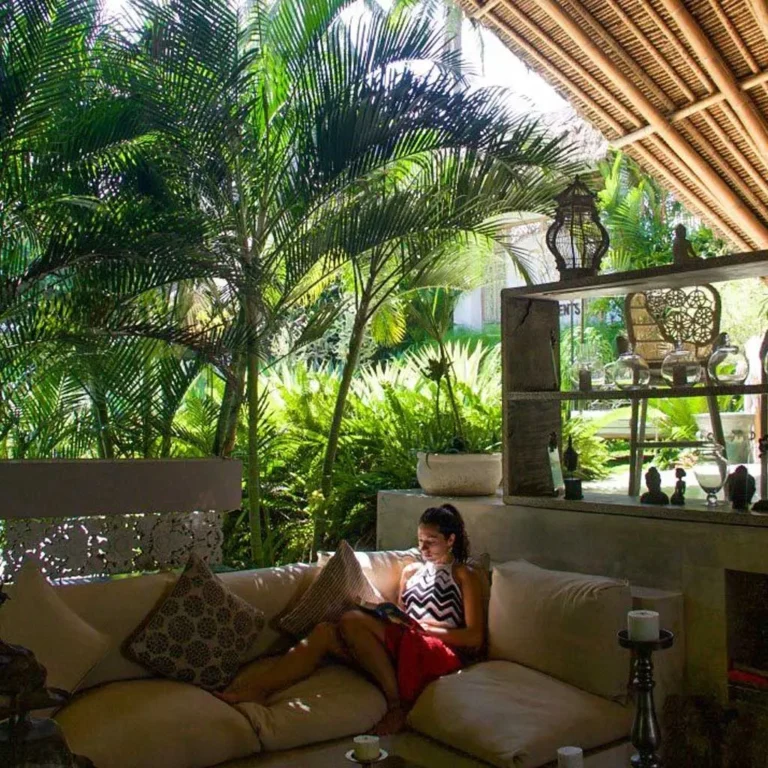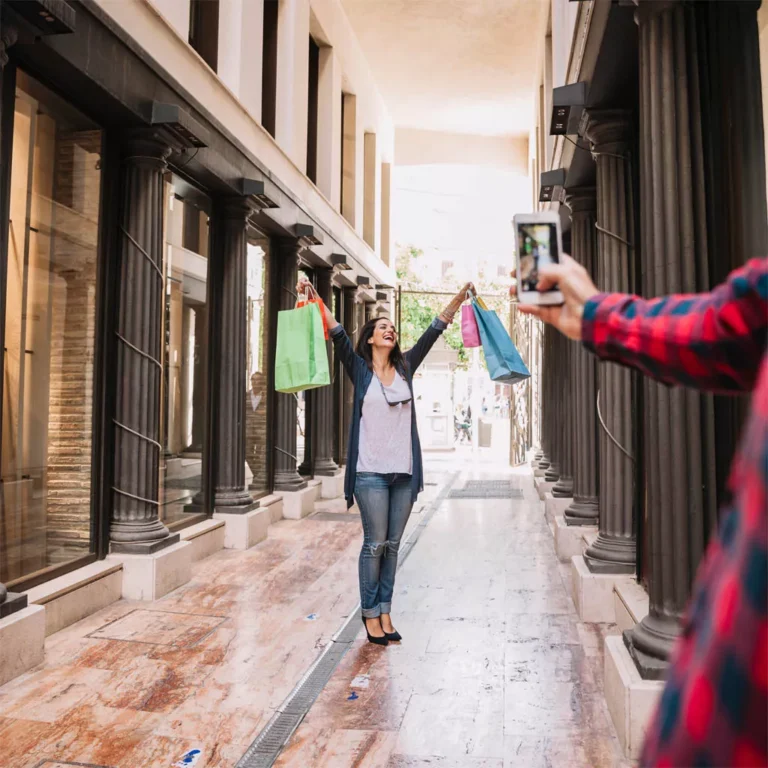Chapters
ToggleBali Currency Trap is Common for Travelers
Now that we’ve covered the basics of Bali’s currency and smart money management, let’s delve into some common currency pitfalls that tourists often encounter. Being aware of these potential issues can help you navigate your Bali adventure with confidence and avoid costly mistakes.
A. Confusion with large denominations (Bali Currency)
One of the most frequent challenges tourists face when dealing with Indonesian Rupiah (IDR) is the confusion caused by its large denominations. With notes ranging from 1,000 to 100,000 Rupiah, it’s easy to mix up your bills, especially in the heat of the moment.
Here’s a quick reference table to help you familiarize yourself with the common Rupiah notes:
100,000 IDR
Color : Red
Portrait of Sukarno & Hatta
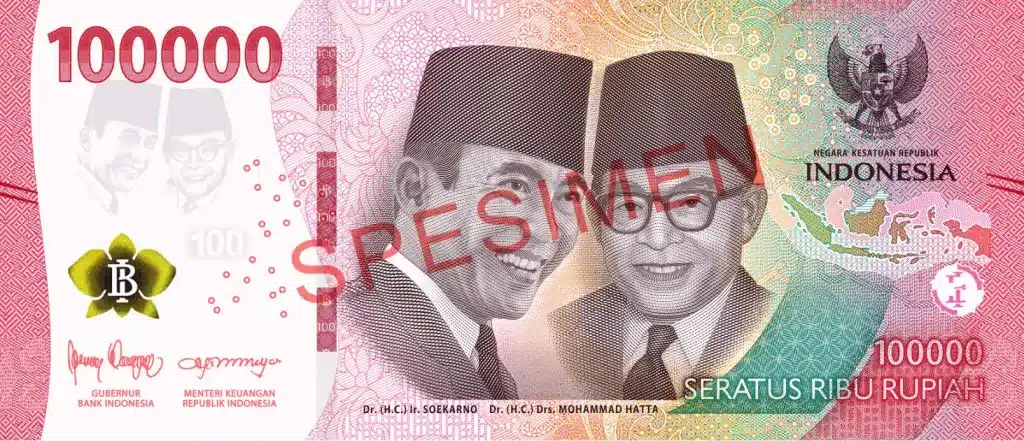
50,000 IDR
Color : Blue
Portrait of Ir H Djuanda Kartawidjaja
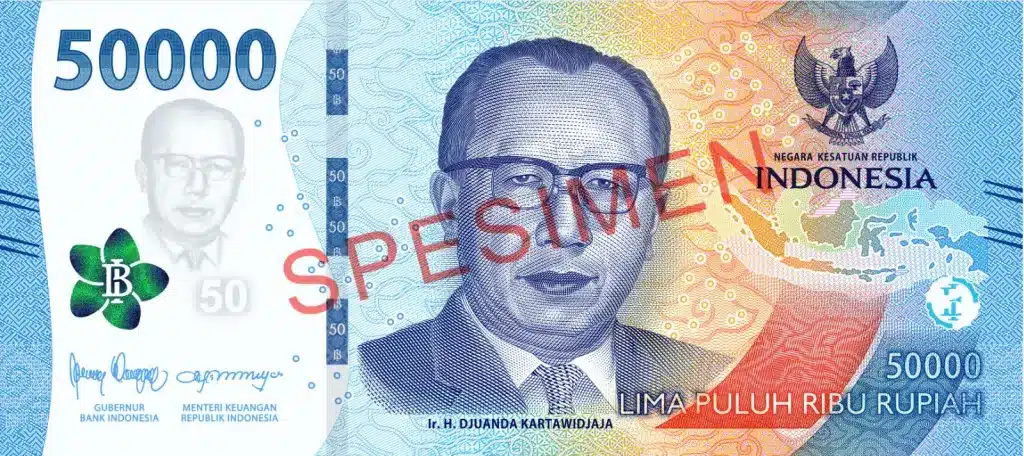
20,000 IDR
Color : Green
Portrait of Dr G.S.S.J Ratulangi
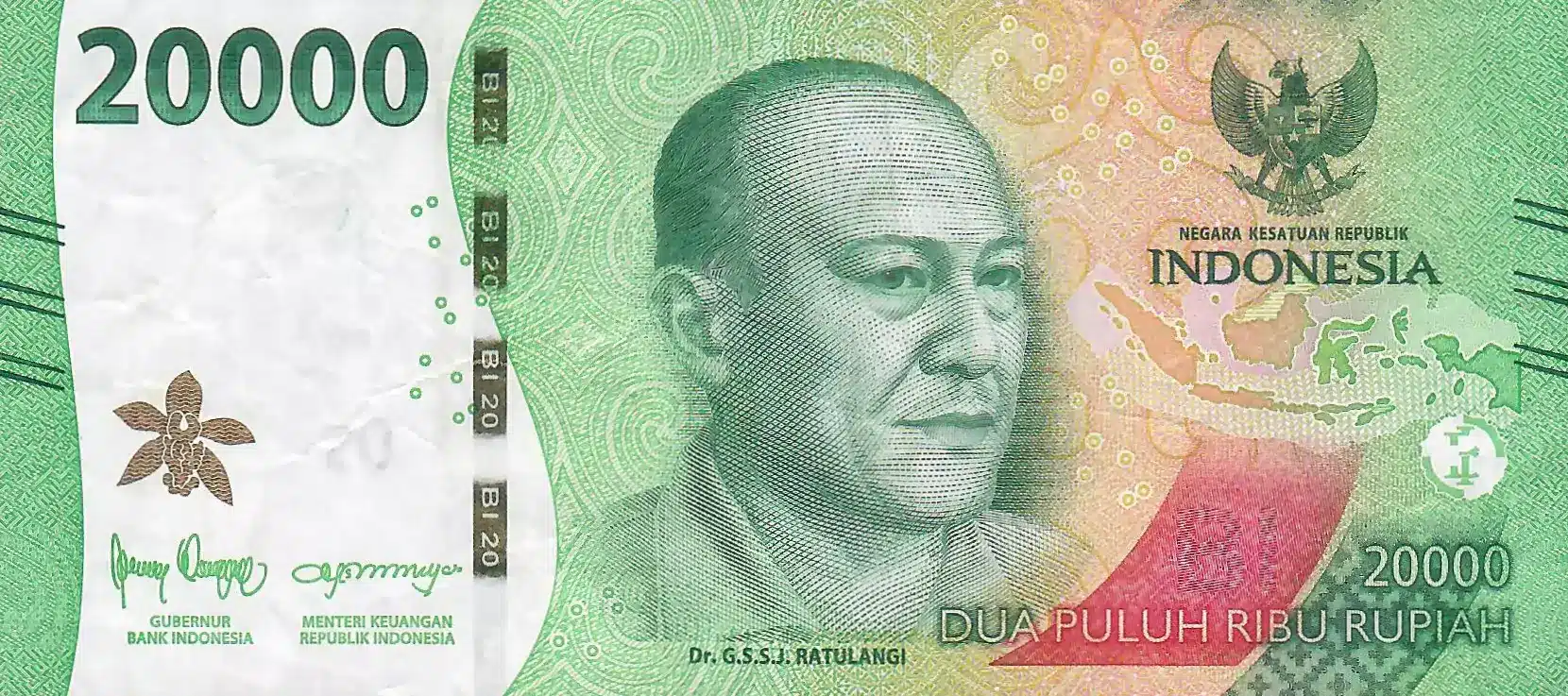
10,000 IDR
Color : Purple
Portrait of Frans Kaisiepo
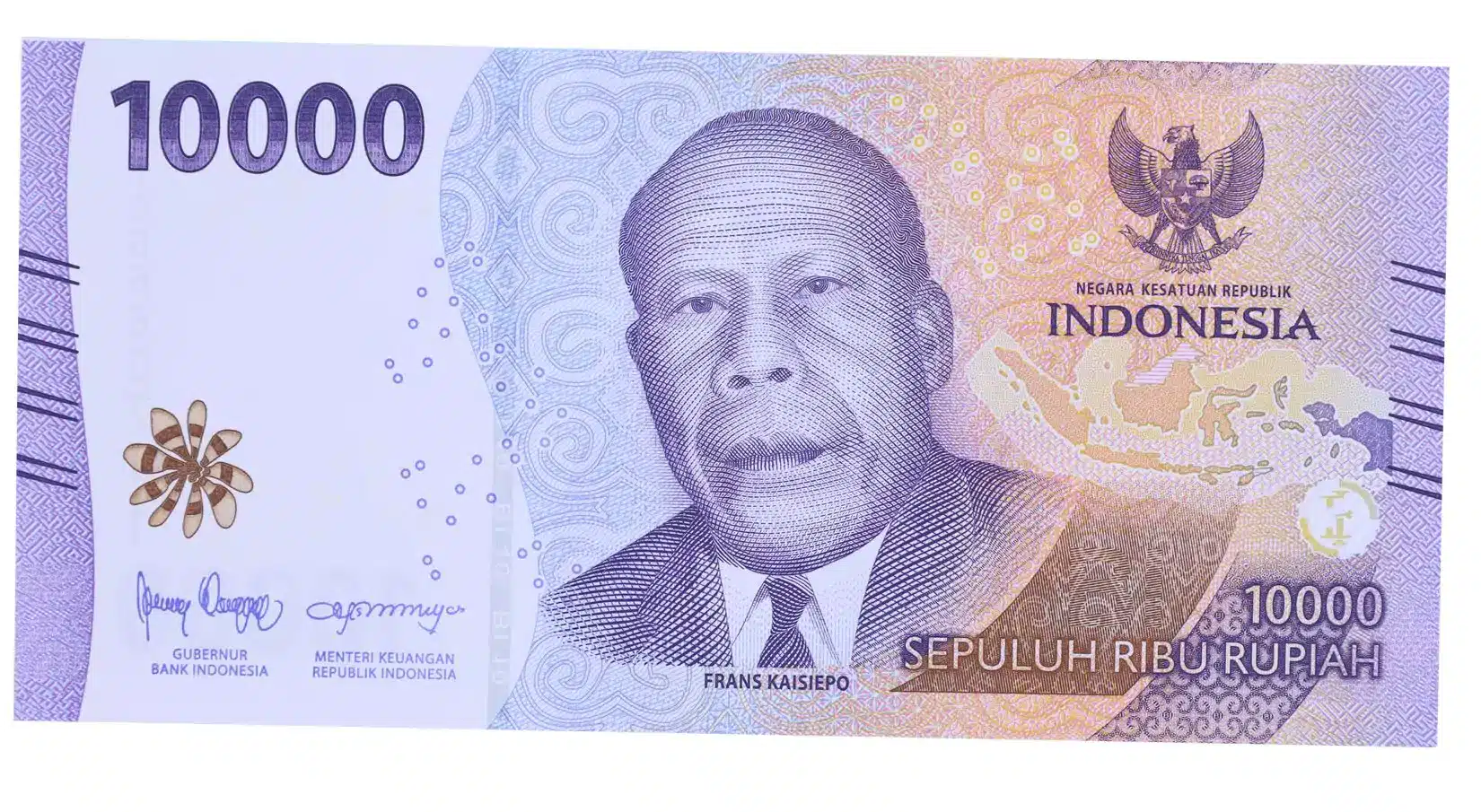
5,000 IDR
Color : Brown
Portrait of Dr K.H Idham Chalid
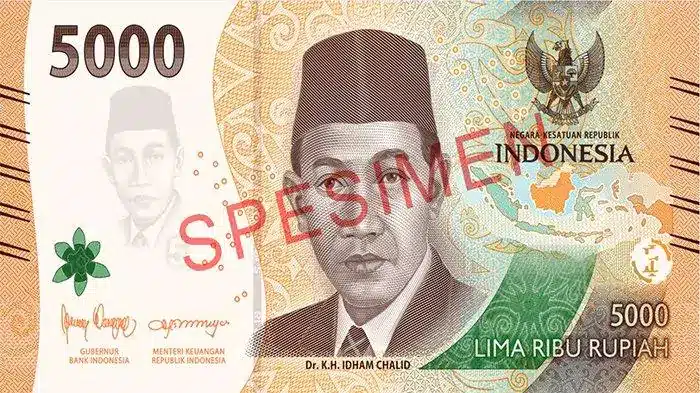
2,000 IDR
Color : Gray
Portrait of Mohammad Hoesni Thamrin
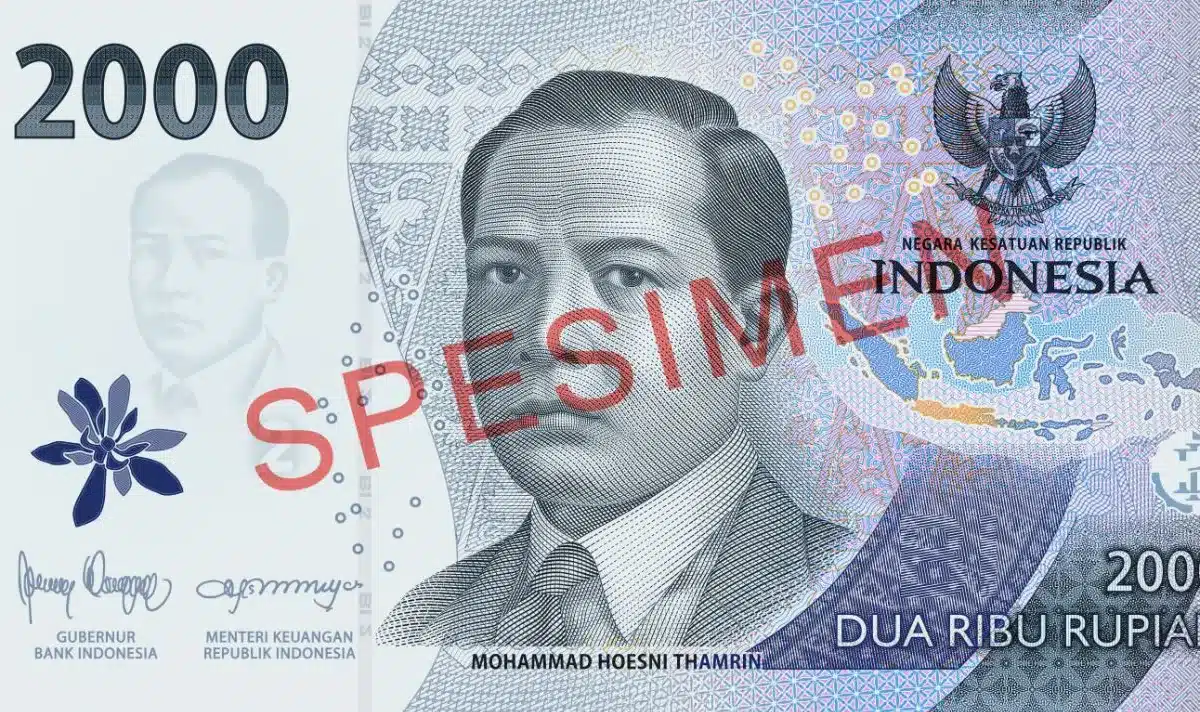
1,000 IDR
Color : Yellowish
Portrait of Tjut Meutia
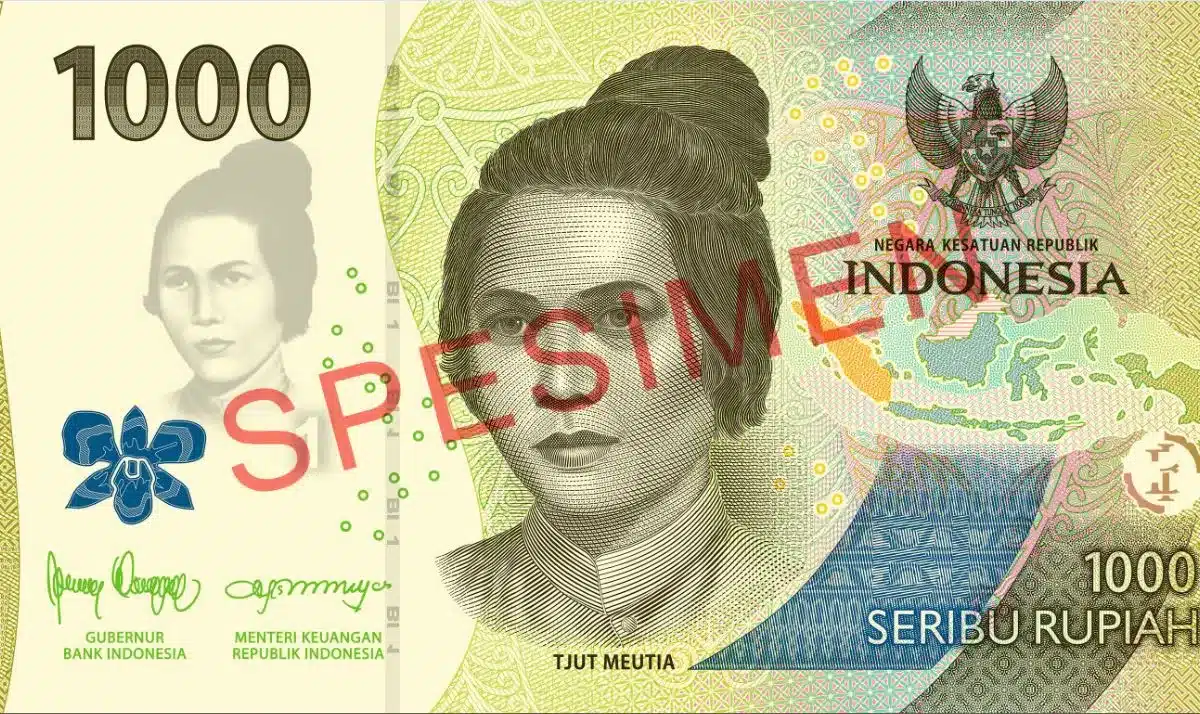
To avoid confusion:
- Always double-check the denomination before handing over money
- Organize your wallet with larger bills separate from smaller ones
- Take a moment to count your change carefully after each transaction
B. Falling for currency exchange scams (Bali Currency & Money)
Bali, like many popular tourist destinations, has its share of currency exchange scams. Unscrupulous money changers may try to take advantage of unsuspecting tourists. Here are some common scams to watch out for:
- Short-changing: The money changer might count bills quickly, deliberately miscounting or palming some notes.
- Bait-and-switch: They may show you a great exchange rate, but then apply hidden fees or use a different rate when completing the transaction.
- Damaged or outdated notes: Some exchangers might give you torn, very old, or even fake notes that will be difficult to use later.
To protect yourself from these Bali currency exchange scams:
- Stick to reputable money changers, preferably those associated with banks or well-known establishments
- Always count your money carefully before leaving the counter
- Use a currency conversion app to double-check the rates you’re being offered
- Avoid exchanging money on the street or with individuals approaching you
C. Overpaying due to unfamiliarity with local prices (Bali Currency & Money)
Another common pitfall for tourists is overpaying for goods and services simply because they’re not familiar with local prices. This can quickly eat into your travel budget if you’re not careful.
To avoid overpaying:
- Do your research: Before your trip, look up average prices for common items and services in Bali.
- Ask locals or your hotel staff: They can give you an idea of what things should cost.
- Compare prices: Don’t settle for the first offer you get, especially in markets or for services like taxis.
- Learn some basic Bahasa Indonesia: Knowing a few key phrases can help you negotiate better.
Here’s a sample price list for common items to give you a general idea:
| Item/Service | Approximate Price (IDR) |
| Bottled water (1.5L) | 5,000 – 10,000 |
| Local meal in a warung | 15,000 – 30,000 |
| Mid-range restaurant meal | 50,000 – 150,000 |
| Short taxi ride | 50,000 – 100,000 |
| Souvenir t-shirt | 50,000 – 100,000 |
| Bali Sim Card 24 GB By Telkomsel | 135,000 – 200,000 |
Remember, prices can vary depending on the location and season. Tourist hotspots like Seminyak or Ubud may be more expensive than less frequented areas.
Digital Payment Methods in Bali
As we explore the evolving financial landscape of Bali, it’s crucial to understand the digital payment methods that are rapidly gaining traction on this picturesque Indonesian island. While cash transactions remain common, tech-savvy travelers and locals alike are increasingly turning to digital solutions for their financial needs.
Mobile Payment Apps Gaining Popularity
In recent years, Bali has witnessed a surge in the adoption of mobile payment apps, revolutionizing the way both tourists and residents conduct transactions. These apps offer convenience, security, and often better exchange rates compared to traditional methods.
Some of the popular mobile payment apps in Bali include:
| App Name | Key Features | Acceptance Level |
| GoPay | Linked to Gojek, wide acceptance | High |
| OVO | Cashback offers, bill payments | High |
| DANA | P2P transfers, online shopping | Medium |
| LinkAja | Government-backed, utility payments | Medium |
| ShopeePay | E-commerce integration, promotions | Growing |
These apps not only facilitate payments but also offer additional features such as money transfers, bill payments, and even investment options. For travelers, using these apps can be a game-changer in managing their Bali currency needs.
To use these apps effectively:
- Download and set up the app before your trip
- Link it to your credit card or bank account
- Load the app with sufficient funds in Indonesian Rupiah
- Look for merchants displaying the app’s logo or QR code
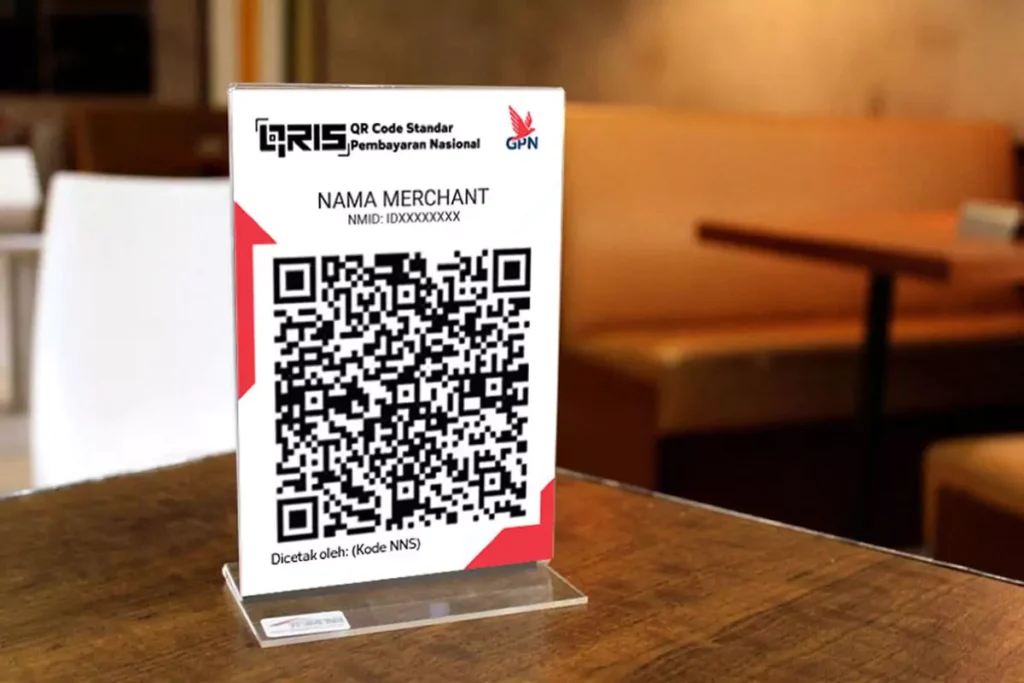
Remember, while these apps are increasingly popular, it’s always wise to carry some cash as a backup, especially when venturing into less touristy areas.
Contactless Payments in Tourist Hotspots
Bali’s tourist hotspots have been quick to embrace contactless payment technologies, catering to the preferences of international visitors. This shift has been accelerated by the global pandemic, with many establishments now encouraging touchless transactions for hygiene reasons.
Popular contactless payment methods in Bali include:
- Credit and debit cards with NFC technology
- Mobile wallets like Apple Pay and Google Pay
- QR code-based payments linked to local apps (QRIS)
Many high-end restaurants, hotels, and shopping centers in areas like Seminyak, Canggu, and Nusa Dua now accept these payment methods. However, it’s important to note that smaller local businesses and vendors in less developed areas may still prefer cash transactions.
When using contactless payments:
- Ensure your card or device is set up for international use
- Be aware of any foreign transaction fees
- Always have a backup payment method available
- Check if the merchant has a minimum spend requirement for card payments
While contactless payments offer convenience, they may not always provide the best exchange rates. It’s advisable to compare rates with local currency exchange options to ensure you’re getting the best value for your money.
Next Page : Budgeting Wisely for Your Bali Trip













































